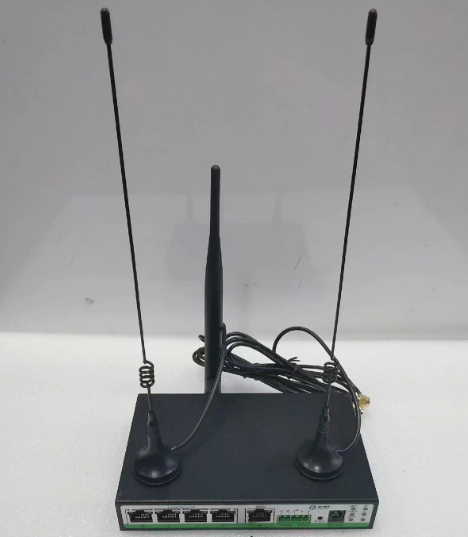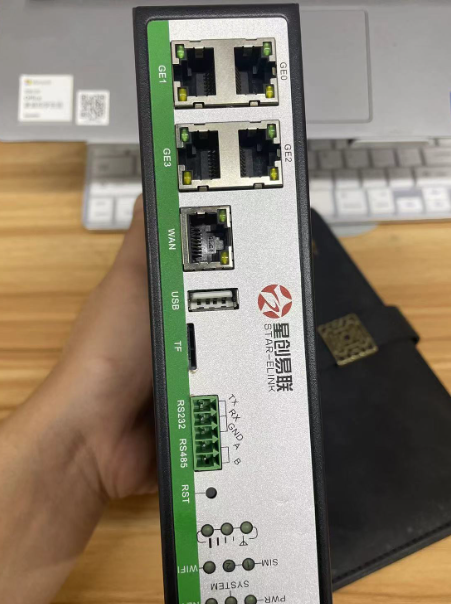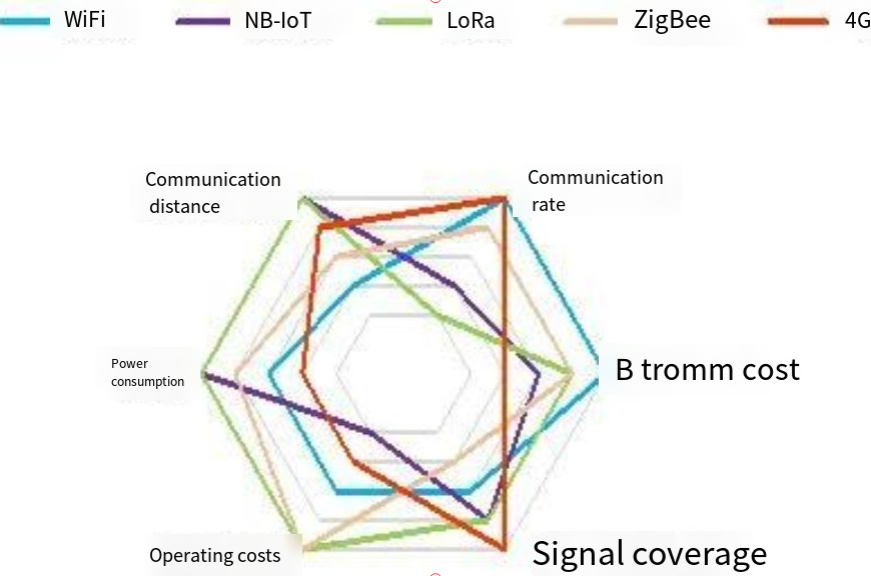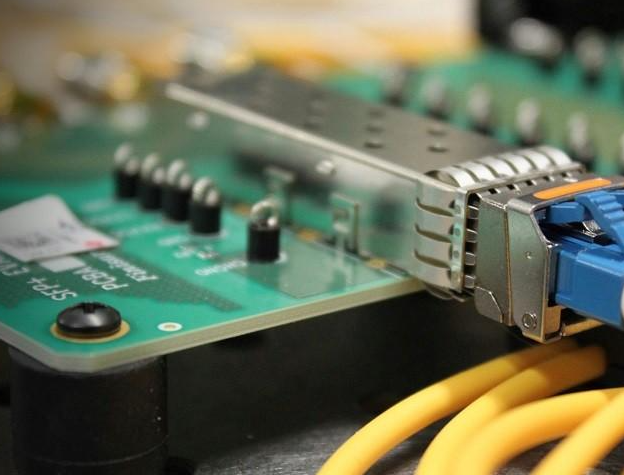how to effectively position industrial router antennas to maximize signal coverage

As a KEY-IOT technical expert, I want to share some insights on how to effectively position industrial router antennas to maximize signal coverage, strength, and stability. Proper antenna placement is crucial for ensuring reliable wireless communication in industrial settings.
▍Antenna Location
The location of your industrial router antennas is incredibly important, as it directly impacts signal coverage, strength, and stability. As a general rule, industrial router antennas should be placed on open, flat surfaces such as rooftops, balconies, or the top of buildings. This allows for maximum coverage of the entire area and improves signal strength and range. Additionally, antennas should be spaced as far apart as possible to minimize signal interference.
▍Number and Orientation of Antennas
The number and orientation of industrial router antennas also affect signal coverage and stability. Generally speaking, the more antennas you have, the wider the signal coverage. However, this also comes with increased costs and complexity. Therefore, it’s essential to choose the appropriate number of antennas based on your specific needs. Antenna orientation is equally important and should be determined based on the size and shape of the coverage area to maximize coverage while avoiding signal blind spots and dead zones.
▍Antenna Height
The height of industrial router antennas also influences signal coverage and stability. As a rule of thumb, the higher the antenna, the wider the signal coverage. However, this also comes with increased costs and complexity. It’s crucial to select the appropriate antenna height based on your specific situation. Additionally, be careful not to place antennas on tall buildings or trees that may obstruct the signal and affect coverage and stability.
▍Other Considerations
In addition to the factors mentioned above, there are other considerations to keep in mind. For example, avoid placing industrial router antennas in high-temperature, humid, or corrosive environments, as this can impact antenna performance and lifespan. Regularly check antenna connections to ensure they are not loose or damaged. Furthermore, choose the appropriate frequency and modulation method based on your specific situation to maximize signal coverage and stability.
In conclusion, positioning industrial router antennas requires a comprehensive consideration of multiple factors, including location, number, orientation, height, and other factors. Only through proper placement and adjustment can you maximize signal coverage, strength, and stability, ensuring the performance and reliability of your industrial routers.
 KEY-IOT
KEY-IOT



